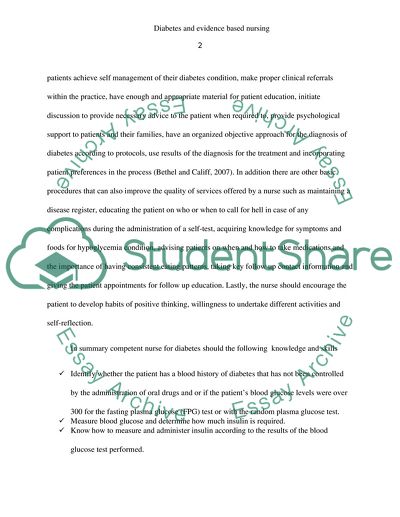Cite this document
(“Diabetes and Evidence Based Nursing Research Paper”, n.d.)
Diabetes and Evidence Based Nursing Research Paper. Retrieved from https://studentshare.org/nursing/1580199-diabetes-and-evidence-based-nursing
Diabetes and Evidence Based Nursing Research Paper. Retrieved from https://studentshare.org/nursing/1580199-diabetes-and-evidence-based-nursing
(Diabetes and Evidence Based Nursing Research Paper)
Diabetes and Evidence Based Nursing Research Paper. https://studentshare.org/nursing/1580199-diabetes-and-evidence-based-nursing.
Diabetes and Evidence Based Nursing Research Paper. https://studentshare.org/nursing/1580199-diabetes-and-evidence-based-nursing.
“Diabetes and Evidence Based Nursing Research Paper”, n.d. https://studentshare.org/nursing/1580199-diabetes-and-evidence-based-nursing.


